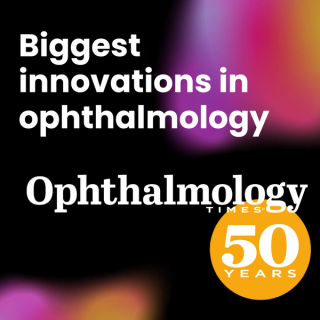
OCT
Latest News
Latest Videos

CME Content
More News

Patients with fibromyalgia experienced changes in the macular ganglion cell layer and retinal nerve fiber layer.

With cases of syphilitic uveitis on the rise, recognizing its varied presentations—including optic disc edema, which may appear without other significant eye inflammation—is increasingly important for timely diagnosis and treatment.

Perimeter Medical Imaging AI has been leveraging the technology to improve breast cancer surgeries and reduce the number of patients requiring repeat surgery.
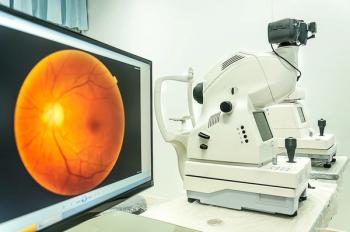
A study suggests that small hyperreflective retinal foci (HRF) on OCT images, linked to activated microglial cells, could serve as a valuable marker for monitoring neuroretinal inflammation and progression in age-related macular degeneration.

The NHS is expanding the use of optical coherence tomography to enhance diabetic eye care, aiming to improve early detection of diabetic retinopathy and reduce the backlog of hospital appointments.

A recent cohort study revealed low adoption of FDA-approved AI-based diabetic retinopathy detection, with less than 5% of diabetic patients receiving ophthalmic imaging. Researchers emphasize the need for improved awareness, cost-effectiveness, and integration to increase diabetic retinopathy screening rates.
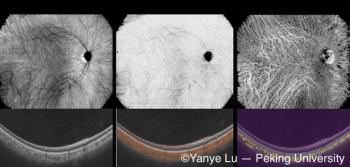
Peking University researchers have developed a deep learning-based, noninvasive choroidal angiography method that enables detailed 3D visualization of choroidal vessels from OCT scans. This technique could improve diagnostics for retinal diseases like macular degeneration, offering a safer alternative to traditional methods.

Researchers find a strong link between Alzheimer's disease and retinal thinning

In a study, a team of UCLA investigators detail a deep-learning model pre-trained on 2D scans that accurately predicts disease-risk factors from 3D medical-scan modalities.

The award from the National Institutes of Health will enable a team of researchers to investigate Alzheimer and Parkinson progression through the eye.

Ophthalmologists can use OCT to find the early signs of disease

The study helped identify predisposing factors for severe SANS in astronauts.

A team of researchers in China examined the difference and relationship between optical coherence tomography and optical quality analysis system parameters induced by compound electrolyte intraocular irrigating solution or Ringer lactate solution during uncomplicated cataract surgery.

Ashkan Abbey, MD, spoke about his presentation on the CALM registry study, the 36-month outcomes of real-world patients receiving fluocinolone acetonide 0.18 mg at the annual ASRS meeting in Stockholm, Sweden.

The nOCT allows for detailed visualization of the brain's vascular anatomy.

Researchers train deep learning model on OCT scans to ID patients eligible for GA trials.
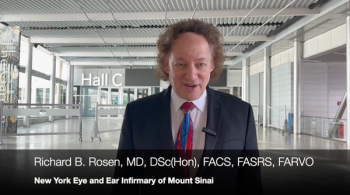
Richard B. Rosen, MD, from the New York Eye and Ear Infirmary of Mount Sinai discussed his presentation on sickle cell retinopathy and the measurement with dynamic OCT angiography and quad-fusion adaptive optics imaging at the annual ASRS meeting in Stockholm, Sweden.
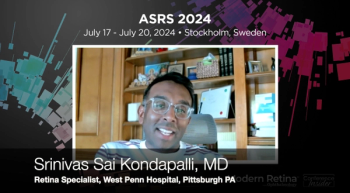
Srinivas Sai Kondapalli, MD, sat down with Sydney Crago, Assistant Managing Editor of Modern Retina, to discuss his presentation on the predictive role of outer retinal tubulations in lesion growth for subfoveal and non subfoveal geographic atrophy at the American Society of Retina Specialists meeting held in Stockholm, Sweden.

Jennifer Lim, MD, FARVO, FASRS, sat down with Sydney Crago, Assistant Managing Editor of Modern Retina, to discuss her presentation on differential artery-vein analysis in eyes with diabetic retinopathy and improvements on the OCTA classification using artificial intelligence at the American Society of Retina Specialists meeting held in Stockholm, Sweden.

The company’s Spectralis OCTA module with SHIFT technology offers a tool for the diagnoses and management of retinal diseases.
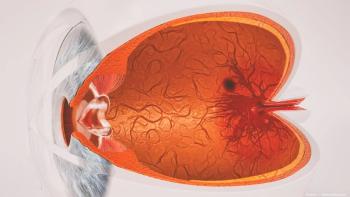
Scientists from the International Centre from Translational Eye Research used multiwavelength laser Doppler holography to assess blood flow in various layers of the human retina in vivo, which may impact the diagnosis of circulatory disorders.

The mapping method revealed prominent microscopic abnormalities consistent with diabetic retinopathy.
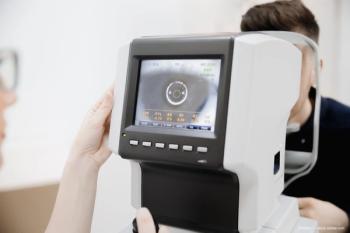
The company noted its OCT reference database now offers a library of 870 healthy eyes, more than tripling the previous versions.

A team of researchers are unraveling the mysteries of ocular pathologies by visualizing the fiber structure of the sclera, the outermost eye layer.

Joseph Izatt was a skilled researcher and inventor who played a foundational role in the development of optical coherence tomography.







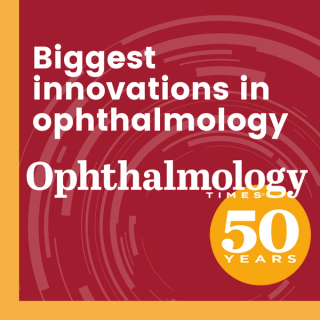
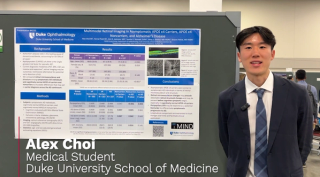
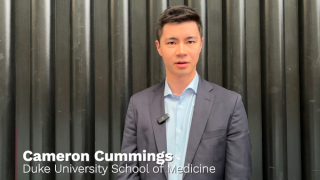
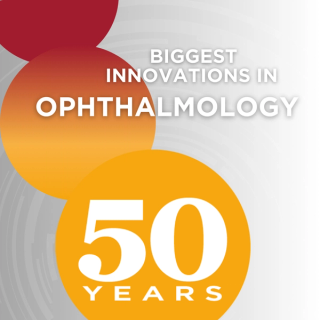

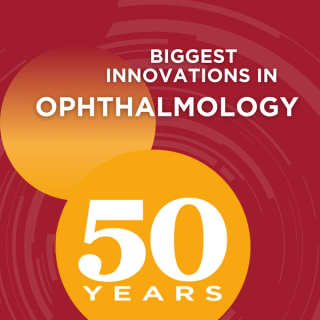
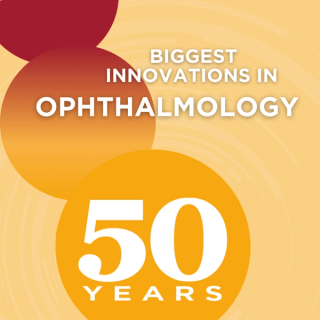
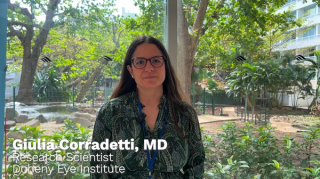
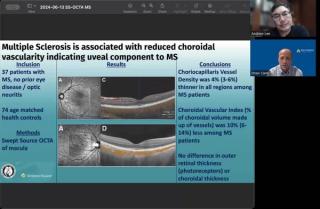









































.png)


